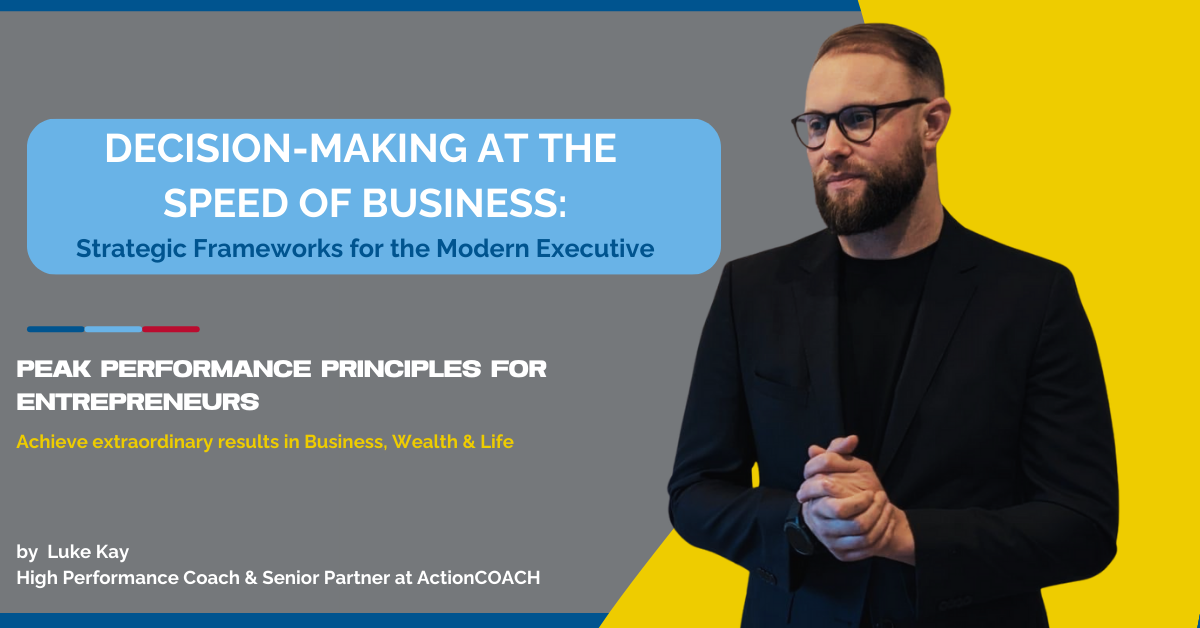
In today’s fast-paced business environment, the ability to make swift, effective decisions can be the difference between market leadership and obsolescence.
Yet, many executives find themselves paralysed by the complexity and volume of information they face. Today, we’ll explore strategic frameworks that empower modern executives to make high-quality decisions at the speed of business.
Peak Performance Principle #1: Embrace the OODA Loop
Developed by military strategist John Boyd, the OODA Loop (Observe, Orient, Decide, Act) is a decision-making cycle that emphasises speed and agility. In a business context, this means rapidly gathering information, putting it in context, making a decision, and taking action – then repeating the process to continuously refine your approach.
The key is to move through this cycle faster than your competitors, allowing you to stay ahead of market changes and outmanoeuvre rivals.
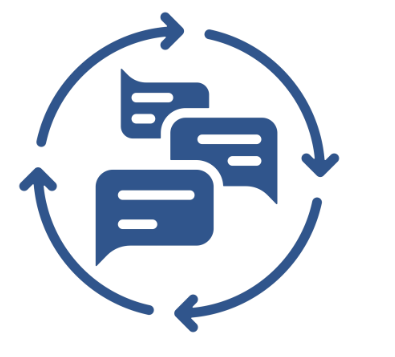
Principle #1 Case Study: Tesla’s Rapid Innovation
Elon Musk’s Tesla has become renowned for its ability to innovate and adapt quickly in the fast-evolving electric vehicle market. Tesla’s approach to vehicle software updates is a prime example of the OODA Loop in action.
Unlike traditional automakers, Tesla continuously gathers data from its vehicles (Observe), analyses this information to identify improvement opportunities (Orient), decides on software updates (Decide), and rolls out these updates over-the-air to its entire fleet (Act). This rapid cycle allows Tesla to improve its vehicles’ performance and features at a pace that traditional automakers struggle to match.

Peak Performance Principle #2: Utilise the Eisenhower Matrix
Named after President Dwight D. Eisenhower, this framework helps prioritise decisions based on their urgency and importance. The matrix divides tasks into four quadrants:
- Urgent and Important: Do immediately
- Important but Not Urgent: Schedule for later
- Urgent but Not Important: Delegate
- Neither Urgent nor Important: Eliminate
By categorising decisions this way, executives can focus their energy on what truly matters, avoiding the trap of constantly firefighting urgent but ultimately unimportant issues.

Principle #2 Case Study: Steve Jobs and Apple’s Product Line
When Steve Jobs returned to Apple in 1997, the company was producing a vast and confusing array of products. Jobs famously used a variant of the Eisenhower Matrix to make the critical decision to streamline Apple’s product line.
He focused on what was truly important for Apple’s future (innovative, user-friendly products) rather than what seemed urgent (maintaining all existing product lines). This led to the cancellation of numerous products and a focus on just four key categories. This decision, while difficult, set the stage for Apple’s remarkable turnaround and subsequent dominance in the tech industry.

Peak Performance Principle #3: Leverage the 5 Whys Technique
Developed by Sakichi Toyoda for the Toyota Production System, the 5 Whys is a simple but powerful tool for getting to the root of a problem. When faced with a decision, ask “why” five times to drill down to the core issue.
This technique helps executives avoid making superficial decisions that address symptoms rather than underlying causes. It encourages deeper thinking and often leads to more effective, long-lasting solutions.

Principle #3 Case Study: Intuit’s Design for Delight
Intuit, the company behind TurboTax and QuickBooks, used the 5 Whys technique as part of its “Design for Delight” innovation program. When addressing the challenge of making accounting software more user-friendly, they repeatedly asked “why” users found the software difficult.
This process led them to realise that the core issue wasn’t the software’s interface, but users’ fundamental anxiety about managing finances. This insight drove Intuit to redesign their products with a focus on boosting users’ financial confidence, resulting in significant improvements in customer satisfaction and market share.
Peak Performance Principle #4: Apply the Cynefin Framework
Developed by Dave Snowden, the Cynefin Framework helps leaders identify the nature of the situation they’re in and choose the appropriate decision-making approach. It categorises situations into five contexts:
- Simple: Where cause and effect are obvious
- Complicated: Where cause and effect require analysis
- Complex: Where cause and effect can only be understood in retrospect
- Chaotic: Where there is no clear cause and effect
- Disorder: Where the context is unclear
By identifying the context, leaders can adapt their decision-making style appropriately, from applying best practices in simple contexts to conducting experiments in complex ones.
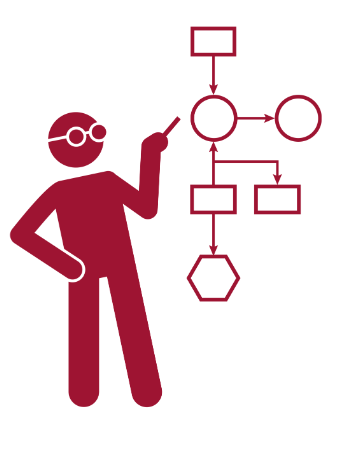
Principle #4 Case Study: IBM’s Emerging Technology Response
When IBM faced the emerging threat of cloud computing, it used an approach similar to the Cynefin Framework to guide its response. Recognising that cloud technology represented a complex challenge (where cause and effect were not yet clear), IBM didn’t try to create a comprehensive strategy upfront.
Instead, they launched numerous small experiments, including acquisitions, partnerships, and internal development projects. As the market evolved and IBM learned from these experiments, they were able to refine their approach, eventually becoming a major player in the cloud computing space.
Peak Performance Principle #5: Implement the RAPID Decision-Making Model
Developed by Bain & Company, RAPID stands for Recommend, Agree, Perform, Input, and Decide. This framework clarifies decision-making roles:
– Recommend: Who’s responsible for making a proposal?
– Agree: Who needs to agree with the recommendation?
– Perform: Who will implement the decision?
– Input: Who should be consulted for input?
– Decide: Who makes the final decision?
By clearly defining these roles, organisations can streamline decision-making processes and avoid the paralysis that often comes from unclear responsibilities.
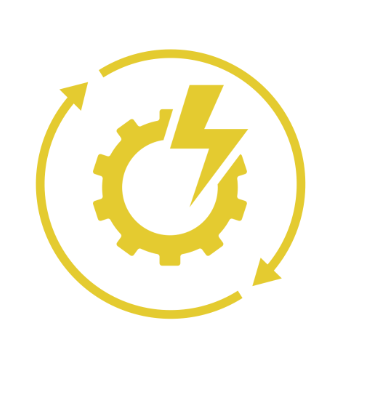
Principle #5 Case Study: Ford’s Turnaround
When Alan Mulally took over as CEO of Ford in 2006, the company was known for its slow, bureaucratic decision-making processes. Mulally implemented a system similar to RAPID, clearly defining who had decision-making authority for different types of choices.
This streamlined approach allowed Ford to make faster, more effective decisions, playing a crucial role in the company’s remarkable turnaround. Ford went from losing billions to becoming profitable without government bailouts, unlike its major American competitors.
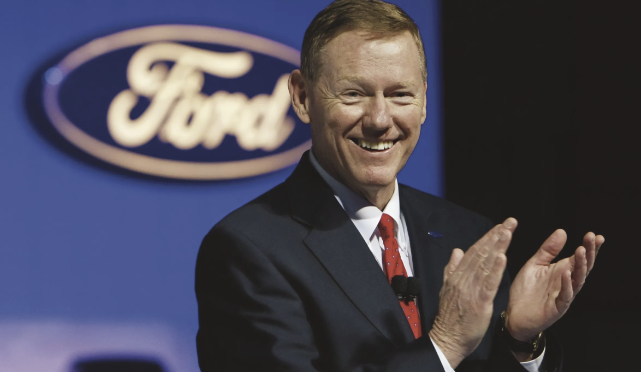
Implementing Strategic Decision-Making Frameworks
Incorporating these frameworks into your decision-making processes requires practice and commitment. Here are some steps to get started:
- Assess your current decision-making processes. Where are the bottlenecks?
- Choose one or two frameworks that seem most relevant to your challenges.
- Train your leadership team on these frameworks.
- Start applying the frameworks to real decisions, beginning with less critical choices to build comfort and skill.
- Regularly review and refine your approach, adapting the frameworks as needed to fit your organisation’s unique context.
Remember, the goal isn’t to rigidly apply these frameworks to every decision, but to use them as tools to enhance your decision-making capabilities.
Are you ready to accelerate your decision-making and drive your organisation forward? The first step is to identify which decisions in your organisation would benefit most from a more structured approach.
What’s one critical decision you’re facing that you could apply one of these frameworks to?
Ready to revolutionise your decision-making and propel your organisation to new heights? Book a complimentary session with me. We’ll analyse your current decision-making processes and develop a customised strategy to implement these powerful frameworks in your organisation.
Don’t let slow decision-making hold you back – let’s accelerate your success together!
Our Business Growth Services
We have core 4 business growth services;
- Business Growth Academy for Entrepreneurs of 5 & 6 Figure Revenue Businesses who want to build a 7 Figure Revenue Business and join a community of like minded business owners you can connect and grow alongside.
- 1-2-1 Business Coaching for Entrepreneurs for 7 and 8 Figure Businesses who want to build a 7 Figure Profit Business and Generational Wealth.
- 1-2-1 Executive Coaching for Business Leaders of 8, 9 and 10 Figure Organisations who want to become Even Better All Round Business Leaders.
- Strategic Planning for 8, 9 and 10 Figure Organisations that want to embed Strategic Thinking Execution Planning to get clarity and alignment for your Senior Leadership Team and ultimately Add Zeros to Your Organisation.
Still Not Sure?
If you want to find out more about how we can help you or are not sure which programme is best for you and your organisation feel free to book a complimentary discovery call with myself here.
It should only take 15/20 so I can find out a little more about You and Your Organisation and advise on the next steps.
Book Complimentary Discovery Call
Events
We hold events on a monthly basis as part of our Business Growth Academy and 1-2-1 Business Coaching. If you want to attend one of our events for FREE and meet the rest of the entrepreneurs in our business growth community then please feel free to check out our events page or book onto our next Business Growth Academy Event or 90 Day Planning by clicking on our events page here.

We’re beyond excited to share that ActionCOACH Liverpool has been named the Best Business Consultants in Liverpool by The Legal Directorate UK for 2024!
This amazing honour shows our dedication to helping businesses like yours succeed and grow.
https://liverpool.actioncoach.co.uk/best-business-consultants-in-liverpool/





